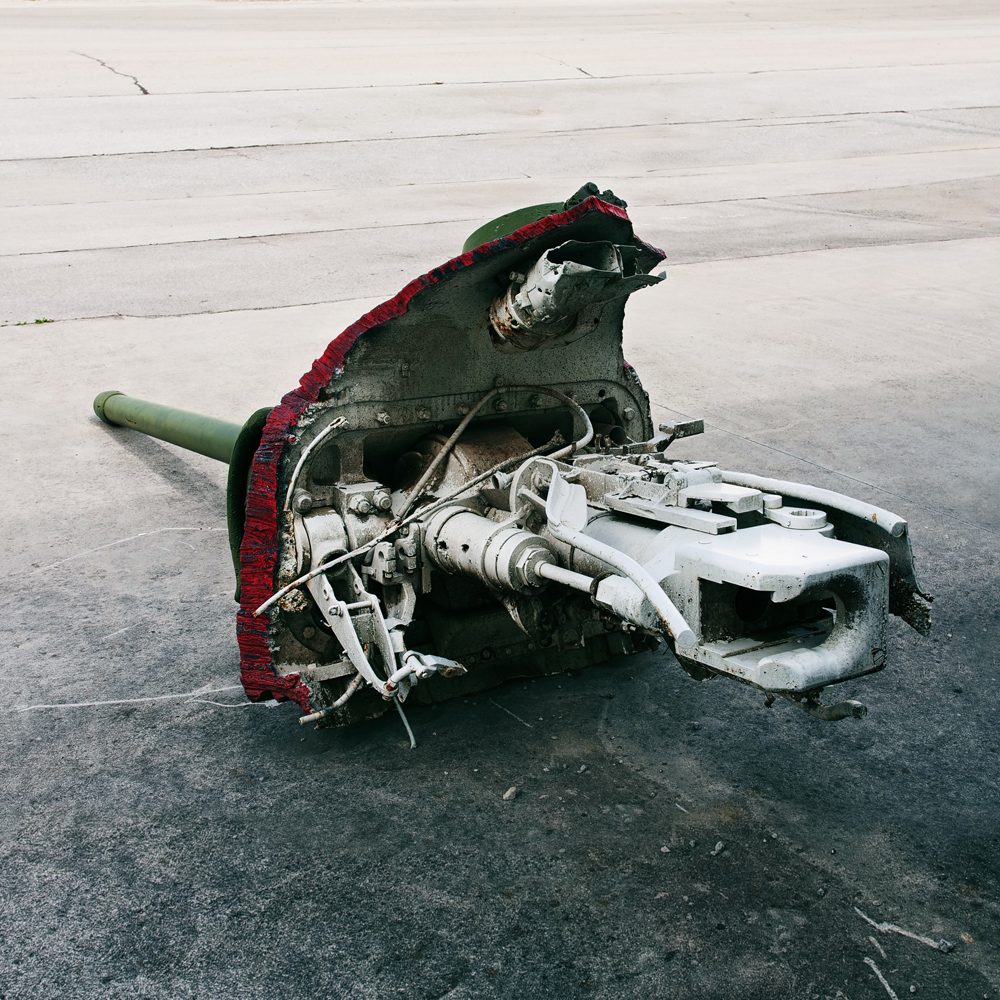Type: Self-Propelled Artillery
Nation: Germany
Period: Cold War
Location: Deutsches Panzermuseum Munster, Germany

State of the art
The Panzerhaubitze 2000 is Germany‘s most modern gun-based self-propelled artillery system. Development had started in 1987, but it took until 1998 for the first vehicles to be issued to the Bundeswehr as a replacement for the venerable M109. In 2006 Germany first deployed the 56-ton PzH 2000 during Operation Medusa in Afghanistan. In June 2022 Ukraine received 15 units from Germany and the Netherlands to counter the Russian invasion – along with other western armoured vehicles such as the Flakpanzer Gepard and the MLRS rocket launcher.
Maximum impact
Depending on the type of ammunition the PzH 2000‘s very accurate 155 mm howitzer has a maximum range of 56 km. With its sophisticated fire control system the Panzerhaubitze can fire up to five projectiles in quick succession, which then all hit the target at the same time. This capability is called MRSI (Multiple Round Simultaneous Impact): The first round is fired at very high elevation with the biggest amount of bagged propelling charges. While the projectile is travelling in a steep curve, the gun barrel automatically lowers a bit and fires the next shot with less propellant and a slightly lower curve – and so on and so on. The loading procedure is fully automated, but if the autoloader fails it can be done manually by two crewmen.
Agree to disagree
Initially the Bundeswehr had wanted a traditional animal name for their new artillery system. Proposals like Stier (= bull), Rhinozeros (= rhinoceros), Nashorn (= rhinoceros, again) and even Rüssel (= trunk – as in elephant‘s trunk) were discussed, but since it proved impossible to reach a consensus, the manufacturer‘s rather unimaginative designation was kept.

3 responses to “Panzerhaubitze 2000”
[…] amounts of firepower. Compared to the pinpoint accuracy of gun-based artillery like the M109 or the Panzerhaubitze 2000, a massed rocket strike has a horrendous psychological impact besides the obvious physical […]
LikeLike
[…] the Russian invasion – along with other western armoured vehicles such as the Flakpanzer Gepard, Panzerhaubitze 2000 and the MLRS rocket […]
LikeLike
[…] The Gepard was Post-War Germany‘s only indigenous gun-based anti-aircraft vehicle. In 1976 the Bundeswehr received the first of about 400 units. The system was based on the lengthened chassis of the Leopard 1, but because of its very sophisticated technology a Gepard cost about three times as much – one one of the main reasons why Germany decided to remove it from active service in 2012 without ever fielding a successor. The Gepard had never been used in active combat until late July 2022, when the German government delivered some decommissioned vehicles to Ukraine for the war against the Russian invasion – along with other western equipment such as the MLRS rocket launcher and the Panzerhaubitze 2000. […]
LikeLike